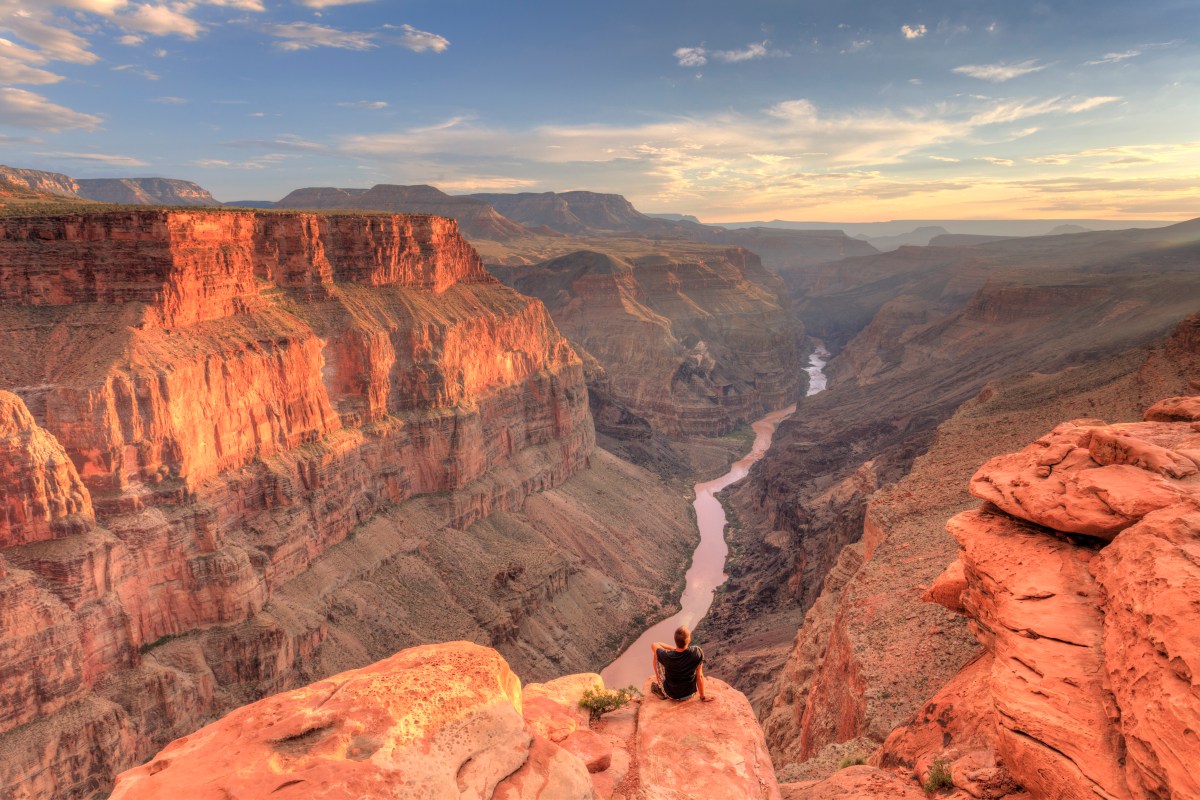Antelope Canyon – a slot canyon on Navajo land in eastern Arizona – largely went under tourists’ radars for many years. That is, until Microsoft included a series of photos from the spot in its Windows 7 desktop background themes in 2009, granting high-resolution canyon photos to hundreds of millions of people.
Ever since, the popularity of the canyon has caused the region to become a hotspot for celebrities — including the likes of Tom Hanks and David Beckham — as well as hundreds of thousands of tourists with selfie-ready phones in hand each year. In fact, Google search results for Antelope Canyon have been skyrocketing 660 percent in the US since 2010: the year Instagram launched.
The canyon has become such an Instagram phenomenon that makeup company Glossier created a replica of the natural wonder in its Los Angeles boutique, which explicitly exists for customers to snap selfies in.
However, with the influx of #AntalopeCanyon posts come increasing rents, rising tensions between locals and visitors who don’t understand local traffic laws or the customs of the people that live on the land.
“We’re taught not to be in caves because we see that as the water’s home and the wind’s home,” says one native tour guide. “Each family teaches differently, but I was taught that if you go in there constantly … it’ll affect you. It’s the same thing as messing with certain plants: If you step on them, it’ll affect the plants, who will hold you responsible.”
Because the land is considered a protected area, only Navajo-owned tour companies can shuttle tourists around. Companies charge anywhere from $60 to $78 a pop, depending on the time of day (of course, the prices were far lower before the Instagram boom: in 2006, it cost about $15 to visit the canyon).
The growing industry of Instagrammable tourism may have come at just the right time: The Navajo Nation is one of the poorest areas of the country, with unemployment affecting more than half the population. The recent closure of a coal mine on land near the canyon also means the loss of nearly half of the Navajo’s annual operating budget, according to Len Necefer, an assistant professor of American Indian studies at the University of Arizona. It’s a gap that many hope tourism will fill.
Yet, the Navajo are still deciding how to keep up with a rapidly growing tourist population, Necefer says. There’s been a long and ongoing conversation around how to approach building up tourism infrastructure, which involves not only opening more hotels and businesses but also putting systems in place that would allow for large numbers of visitors to make as little negative impact on the environment as well.
“To me, [the canyon is] a place of prayer; it’s a place of creation,” says Eugene Tapahe, a photographer who grew up in Navajo nation. “People don’t go there for the right reasons. They go because they see wonderful pictures on social media. I always hear people saying, ‘I can mark that off my bucket list now.’ And I’m just like, ‘Really? That’s all you got out of going there?’”
Editor’s Note: RealClearLife, a news and lifestyle publisher, is now a part of InsideHook. Together, we’ll be covering current events, pop culture, sports, travel, health and the world. Subscribe here for our free daily newsletter.
Thanks for reading InsideHook. Sign up for our daily newsletter and be in the know.


















